Table of Contents
Guide

Level: N Word Count: 543 Words 100th word: Call
Content Area Vocabulary: Read the list. What do these words mean?
communicatefreedomimproviselandmarkmelodymigratedphonographsslavesspiritualtraditionBuilding Background Knowledge Before reading a book, it is important to tap into what your child or students already know about the topic. This will help them develop their vocabulary, increase their reading comprehension, and make connections across the curriculum.
 Look at the cover of the book.
Look at the cover of the book.
What will this book be about? What do you already know about the topic?
What do you already know about the topic? Lets study the Table of Contents.
Lets study the Table of Contents.
What will you learn about in the books chapters? What would you like to learn about this topic? Do you think you might learn about it from this book? Why or why not?
What would you like to learn about this topic? Do you think you might learn about it from this book? Why or why not? Use a reading journal to write about your knowledge of this topic. Record what you already know about the topic and what you hope to learn about the topic.
Use a reading journal to write about your knowledge of this topic. Record what you already know about the topic and what you hope to learn about the topic. Read the book.
Read the book. In your reading journal, record what you learned about the topic and your response to the book.
In your reading journal, record what you learned about the topic and your response to the book. Complete the activities at the end of the book.
Complete the activities at the end of the book. 2014 Rourke Educational Media All rights reserved. www.rourkeeducationalmedia.com PHOTO CREDITS: : AndreyPopov Edited by Precious McKenzie Cover and Interior design by Tara Raymo
Library of Congress PCN Data A Listen to Jazz / Colleen Hord (Art and Music)
| ISBN 978-1-62169-880-7 (hard cover) ISBN 978-1-62169-775-6 (soft cover) ISBN 978-1-62169-980-4 (e-Book) Library of Congress Control Number: 2013936789 | Also Available as:  |
Rourke Educational Media Printed in the United States of America, North Mankato, Minnesota

rourkeeducationalmedia.com PO Box 643328 Vero Beach, Florida 32964
Americas Music
, be bop, and Dixie. www.rourkeeducationalmedia.com PHOTO CREDITS: : AndreyPopov Edited by Precious McKenzie Cover and Interior design by Tara Raymo
Library of Congress PCN Data A Listen to Jazz / Colleen Hord (Art and Music)
| ISBN 978-1-62169-880-7 (hard cover) ISBN 978-1-62169-775-6 (soft cover) ISBN 978-1-62169-980-4 (e-Book) Library of Congress Control Number: 2013936789 | Also Available as:  |
Rourke Educational Media Printed in the United States of America, North Mankato, Minnesota

rourkeeducationalmedia.com PO Box 643328 Vero Beach, Florida 32964
Americas Music
, be bop, and Dixie.
What do all of those silly sounding words have in common? They are all related to a type of music called jazz. Jazz was born in the late 1700s when Africans, who were brought to America as slaves, used field songs to communicate with one another.  When working, one slave would sing out a statement and another would sing back the answer. . This type of music was the beginning of jazz.
When working, one slave would sing out a statement and another would sing back the answer. . This type of music was the beginning of jazz.  Call and response songs were usually about freedom or news about family.
Call and response songs were usually about freedom or news about family.
This way of communicating turned into a more spiritual type of song, which was the beginning of gospel music. Gospel music is also a form of jazz.  Just as America is made up of many different people from around the world, so is jazz. Jazz echoes the influences of many cultures.
Just as America is made up of many different people from around the world, so is jazz. Jazz echoes the influences of many cultures.
The Sounds of Jazz

Jazz has a very unique sound because it can take on many forms. Jazz is also known for the way musicians .
When singing or playing jazz, musicians follow the melody. When they feel a different musical mood come over them, or if they think adding some notes would make a different statement, they improvise the sound.  Saxophone
Saxophone 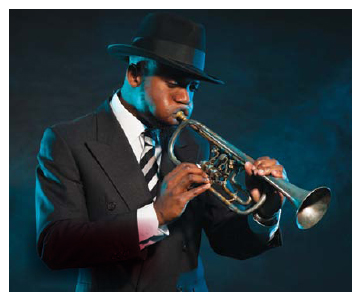 Trumpet
Trumpet 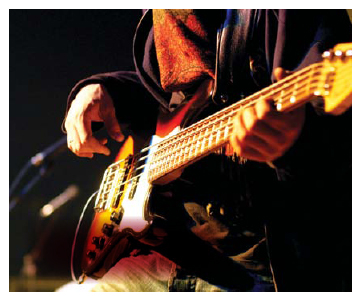 Electric guitar
Electric guitar 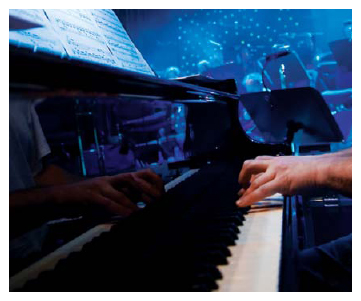 Piano When musicians play the saxophone or other jazz instruments they answer the other players in the band with improvised notes. Jazz soloists make up nonsense words or sounds called scat and substitute new words in place of the written words. Sometimes the singers even make musical instrument sounds with their voices.
Piano When musicians play the saxophone or other jazz instruments they answer the other players in the band with improvised notes. Jazz soloists make up nonsense words or sounds called scat and substitute new words in place of the written words. Sometimes the singers even make musical instrument sounds with their voices.  .
.
Syncopation is a rhythmic accent on an unexpected beat.  The accent in music is usually placed on the first and third beats, which are the strongest. With syncopation, the accent is placed on the weaker second and fourth beats.
The accent in music is usually placed on the first and third beats, which are the strongest. With syncopation, the accent is placed on the weaker second and fourth beats.
Congo Square
The city of New Orleans, Louisiana played an important role in the history of jazz. Slaves and freed slaves were allowed to meet on Sundays. They gathered together to visit, sell market items, dance, drum, and sing.
The place they met was called Congo Square. You can still visit Congo Square in New Orleans Louis Armstrong Park. Congo Square is now a historical landmark. Every year people gather there to attend jazz festivals. 

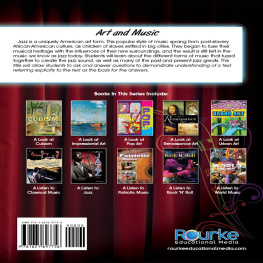
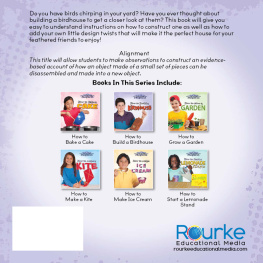

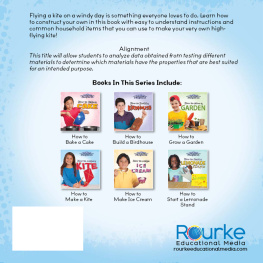



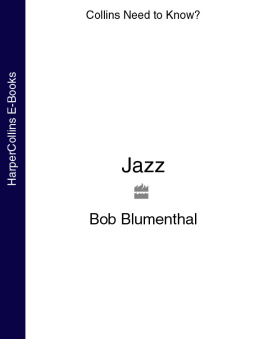
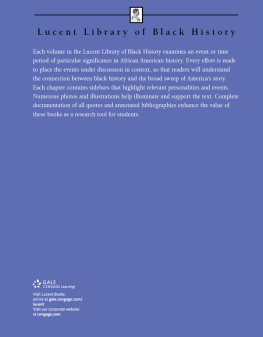
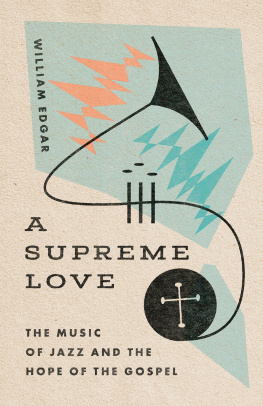
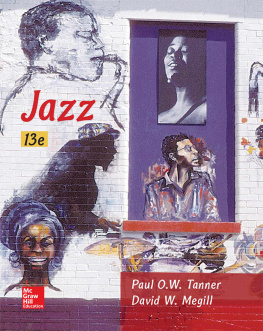
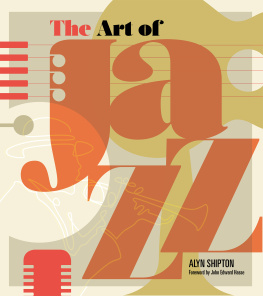

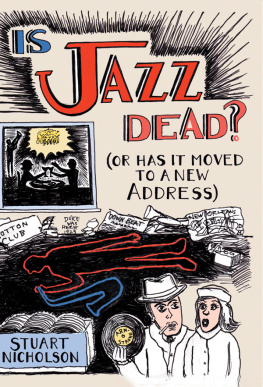



 Look at the cover of the book.
Look at the cover of the book. What do you already know about the topic?
What do you already know about the topic? Lets study the Table of Contents.
Lets study the Table of Contents. What would you like to learn about this topic? Do you think you might learn about it from this book? Why or why not?
What would you like to learn about this topic? Do you think you might learn about it from this book? Why or why not? Use a reading journal to write about your knowledge of this topic. Record what you already know about the topic and what you hope to learn about the topic.
Use a reading journal to write about your knowledge of this topic. Record what you already know about the topic and what you hope to learn about the topic. Read the book.
Read the book. In your reading journal, record what you learned about the topic and your response to the book.
In your reading journal, record what you learned about the topic and your response to the book. Complete the activities at the end of the book. 2014 Rourke Educational Media All rights reserved. www.rourkeeducationalmedia.com PHOTO CREDITS: : AndreyPopov Edited by Precious McKenzie Cover and Interior design by Tara Raymo Library of Congress PCN Data A Listen to Jazz / Colleen Hord (Art and Music)
Complete the activities at the end of the book. 2014 Rourke Educational Media All rights reserved. www.rourkeeducationalmedia.com PHOTO CREDITS: : AndreyPopov Edited by Precious McKenzie Cover and Interior design by Tara Raymo Library of Congress PCN Data A Listen to Jazz / Colleen Hord (Art and Music) 
 rourkeeducationalmedia.com PO Box 643328 Vero Beach, Florida 32964
rourkeeducationalmedia.com PO Box 643328 Vero Beach, Florida 32964  When working, one slave would sing out a statement and another would sing back the answer. . This type of music was the beginning of jazz.
When working, one slave would sing out a statement and another would sing back the answer. . This type of music was the beginning of jazz.  Call and response songs were usually about freedom or news about family.
Call and response songs were usually about freedom or news about family. Just as America is made up of many different people from around the world, so is jazz. Jazz echoes the influences of many cultures.
Just as America is made up of many different people from around the world, so is jazz. Jazz echoes the influences of many cultures. Jazz has a very unique sound because it can take on many forms. Jazz is also known for the way musicians .
Jazz has a very unique sound because it can take on many forms. Jazz is also known for the way musicians .  Saxophone
Saxophone  Trumpet
Trumpet  Electric guitar
Electric guitar  Piano When musicians play the saxophone or other jazz instruments they answer the other players in the band with improvised notes. Jazz soloists make up nonsense words or sounds called scat and substitute new words in place of the written words. Sometimes the singers even make musical instrument sounds with their voices.
Piano When musicians play the saxophone or other jazz instruments they answer the other players in the band with improvised notes. Jazz soloists make up nonsense words or sounds called scat and substitute new words in place of the written words. Sometimes the singers even make musical instrument sounds with their voices.  .
. The accent in music is usually placed on the first and third beats, which are the strongest. With syncopation, the accent is placed on the weaker second and fourth beats.
The accent in music is usually placed on the first and third beats, which are the strongest. With syncopation, the accent is placed on the weaker second and fourth beats.